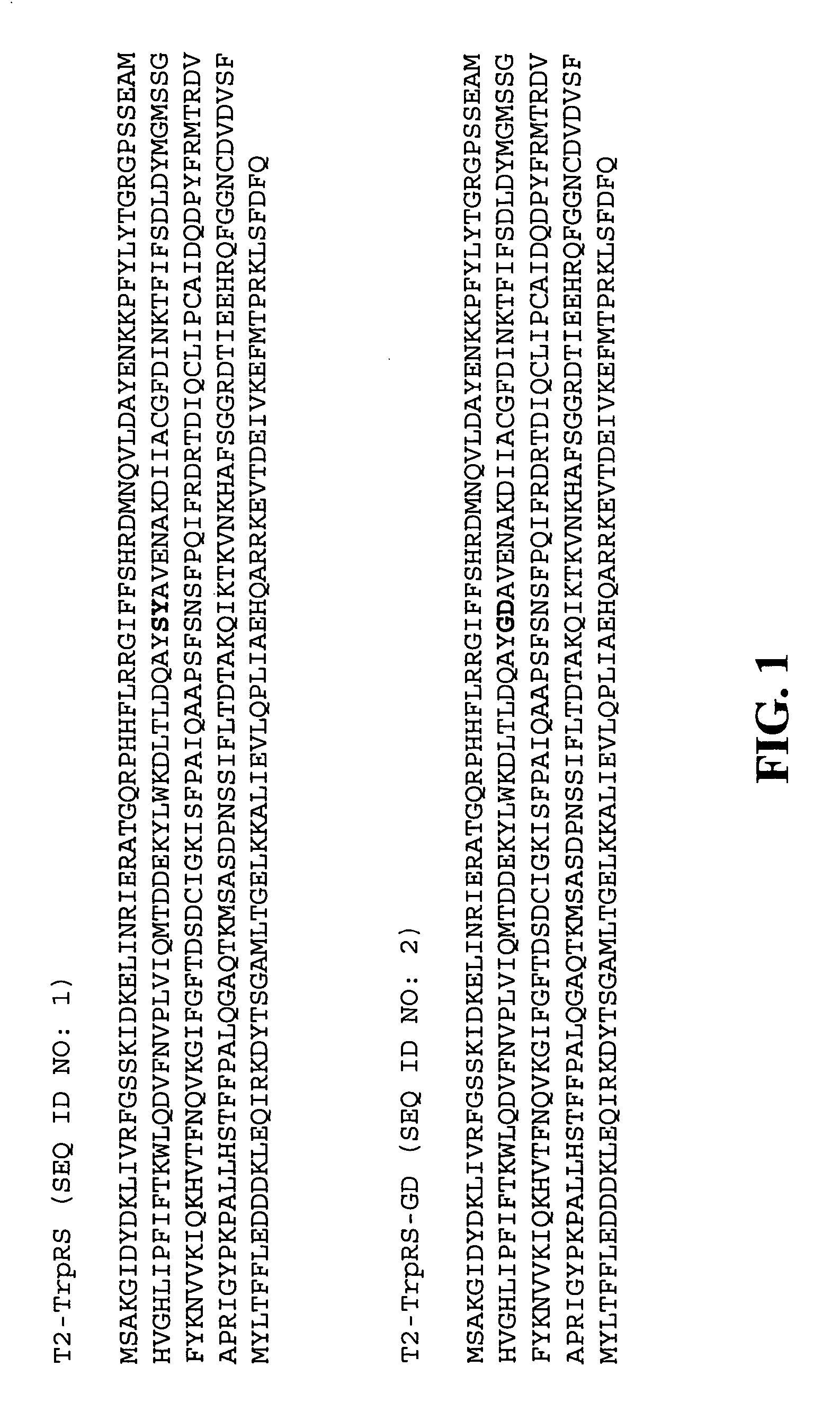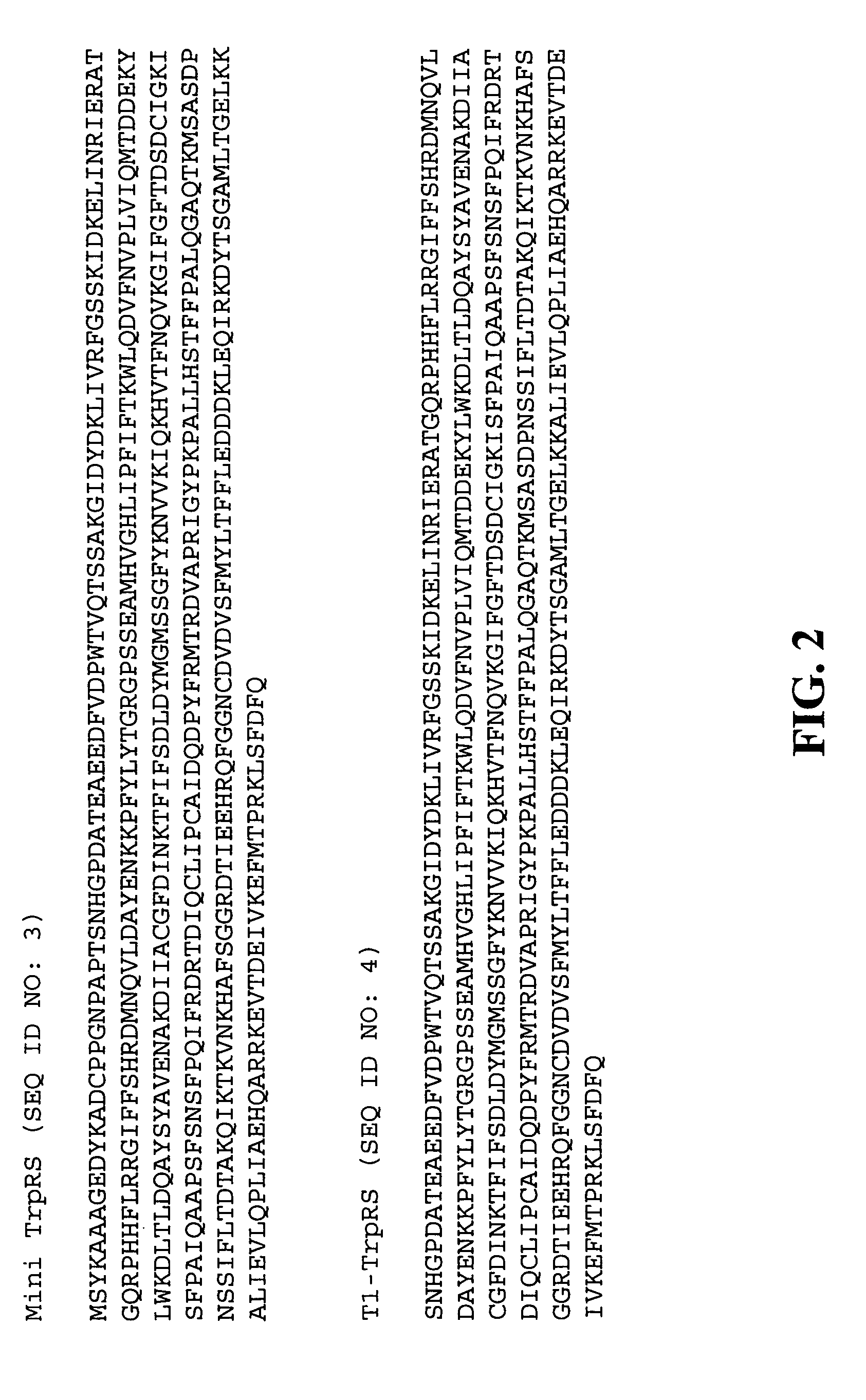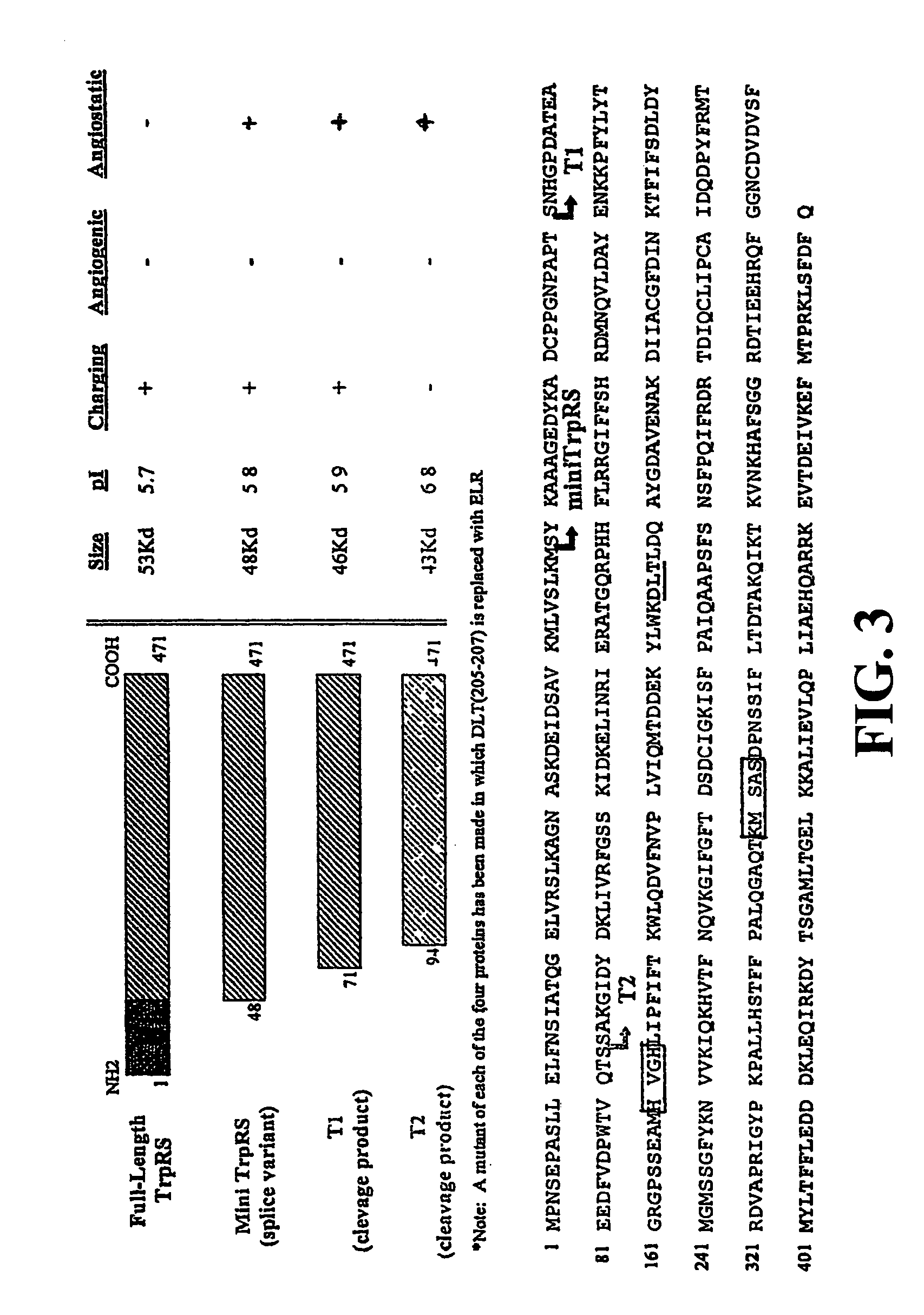Compositions and methods for treatment of neovascular diseases
a technology for ocular vascular disease and composition, applied in the direction of angiogenin, drug composition, metabolism disorder, etc., can solve the problems of ineffective prevention of visual loss, significant loss of visual function, and no treatment is currently available to specifically treat ocular vascular disease, and achieve strong synergistic
- Summary
- Abstract
- Description
- Claims
- Application Information
AI Technical Summary
Benefits of technology
Problems solved by technology
Method used
Image
Examples
example 1
Treatment of Neonatal Mouse Eyes with a Combination of a Peptidomimetic Integrin Signaling Inhibitor and a VEGF Signaling Inhibitor
[0116]Following the General Angiogenesis Assay Procedure (“General Procedure”) described hereinabove, the eyes of neonatal Balb / C mice were intravitreally injected on postnatal day 8 (P8) with either a 0.25× concentration of integrin signaling inhibitor Compound (1) (five mice), a 0.5× concentration of VEGF aptamer Compound (2) (five mice), or a combination of a 0.25× concentration Compound (1) and a 0.5× concentration of Compound (2) (six mice). As a control, another group of six mice received only an intravitreal injection of PBS. At P12, the mice were euthanized and the retinas were removed from the injected eyes, stained, mounted and microscopically evaluated as described in the General Procedure. The vascularity of the secondary (outer retinal vascular) layer was evaluated based on the percentage of vascularization compared to the control eyes. The ...
example 2
Treatment of Neonatal Mouse Eyes with a Combination of an Angiostatic Fragment of TrpRS and a VEGF Signaling Inhibitor
[0118]Following the General Procedure, the eyes of neonatal Balb / C mice were intravitreally injected on P4 with either a 0.1× concentration of T2-TrpRS (eight mice), a 0.1× concentration of VEGF aptamer Compound (2) (eight mice), or a combination of a 0.1× concentration T2-TrpRS and a 0.1× concentration of Compound (2) (ten mice). As a control, another group of eight mice received only an intravitreal injection of PBS. At P12, the mice were euthanized and the retinas were removed from the injected eyes, stained, mounted and microscopically evaluated as described in the General Procedure. The vascularity of the secondary (outer retinal vascular) layer was evaluated based on the percentage of vascularization compared to the control eyes. The results are shown in Table 2 and in FIGS. 6, 7, 8, and 9.
[0119]
TABLE 2% inhibition:0-10%10-25%25-50%50-75%75-100%>95%100%PBS100.0...
example 3
Treatment of Neonatal Mouse Eyes with a Combination of an Angiostatic Fragment of TrpRS and a VEGF Signaling Inhibitor
[0120]Following the General Procedure, the eyes of neonatal Balb / C mice were intravitreally injected on P4 with either a 1× concentration of T2-TrpRS (eight mice), a 1× concentration of VEGF aptamer Compound (2) (eight mice), or a combination of a 1× concentration T2-TrpRS and a 1× concentration of Compound (2) (ten mice). As a control, another group of six mice received only an intravitreal injection of PBS. At P12, the mice were euthanized and the retinas were removed from the injected eyes, stained, mounted and microscopically evaluated as described in the General Procedure. The vascularity of the secondary (outer retinal vascular) layer was evaluated based on the percentage of vascularization compared to the control eyes. The results are shown in Table 3 and in FIGS. 10, 11, 12, and 13.
[0121]
TABLE 3% inhibition:0-10%10-25%25-50%50-75%75-100%>95%100%PBS1000000001×...
PUM
| Property | Measurement | Unit |
|---|---|---|
| concentration | aaaaa | aaaaa |
| concentration | aaaaa | aaaaa |
| concentration | aaaaa | aaaaa |
Abstract
Description
Claims
Application Information
 Login to View More
Login to View More - R&D
- Intellectual Property
- Life Sciences
- Materials
- Tech Scout
- Unparalleled Data Quality
- Higher Quality Content
- 60% Fewer Hallucinations
Browse by: Latest US Patents, China's latest patents, Technical Efficacy Thesaurus, Application Domain, Technology Topic, Popular Technical Reports.
© 2025 PatSnap. All rights reserved.Legal|Privacy policy|Modern Slavery Act Transparency Statement|Sitemap|About US| Contact US: help@patsnap.com



